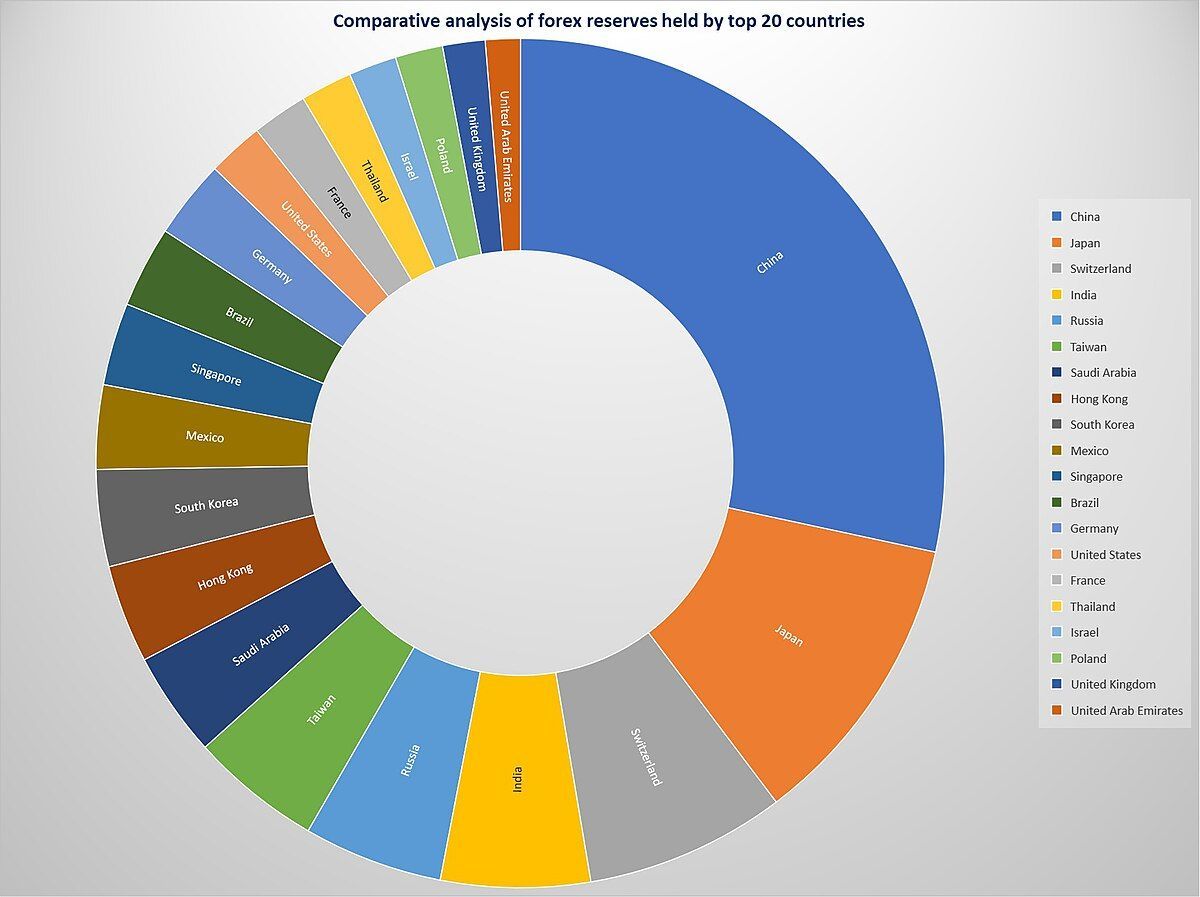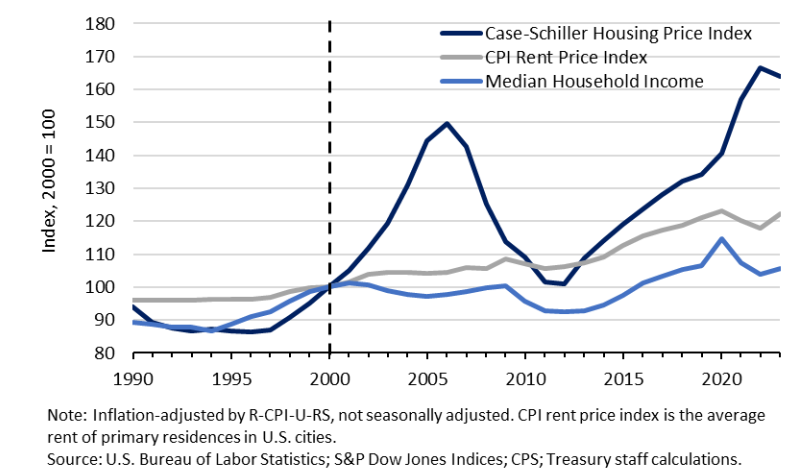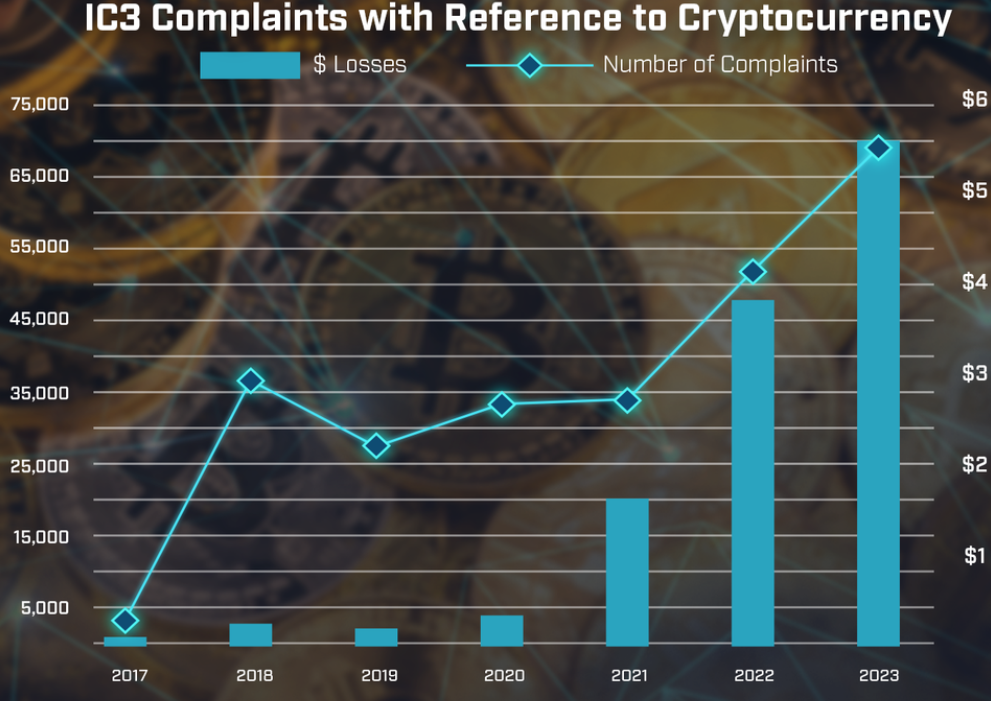Colin Read • May 31, 2024
An Inflation and Interest Rate Update - June 2, 2024

It has been awhile since we took a look at inflation trends As you see from today’s graph, the reason is simple. For the last couple of quarters inflation has been moving sideways.
I track a number of measures of price increase rates. Producer prices are important since they factor into consumer prices. We all are consumers so the consumer price index is a measure of our purchasing power. These measures track the prices of critical items in the supply chain or in the bundle of goods and services we purchase each month.
There is no perfect measure. Economists often look at producer and consumer prices that omit food and energy costs since those sectors fluctuate up and down significantly with each jitter in commodity markets. By excluding food and energy, up and down speculative volatility is removed and trends can be more easily identified.
However, the components of these measures only slowly reflect changes in purchasing patterns. If one item becomes more expensive, we may substitute toward less costly items. This substitution effect is only reflected over time when measures are redefined.
Our buying patterns change as well. At one time VCRs were included in the consumer price index. I don’t even know if one can buy a VCR anymore. For these reasons, the Federal Reserve and economists often focus more closely on an index derived from the Personal Consumption Expenditures survey. This PCE index of the cost change in a month of the various things we buy more closely and currently reflects changes in buying patterns, shifts toward renting versus owning a home, etc.
I also focus on an annualized measure of rising prices over a few months rather than an entire year. If we are interested in what is happening now, it makes no sense to include a significant blip in the data eleven months ago. To do so would be steering the economic ship by looking way back in the rearview mirror.
If we exclude the blue and yellow volatile measures in today’s graph, we see that annualized three-month-averaged measures of inflation have all settled into a range above the black 2% threshold line that is considered ideal, and (mostly) below the 4% inflation range. Our various measures of inflation have consistently been around 3% since the end of 2022.
This amazing consistency in the rate shows that inflation has been remarkably stubborn. Despite the Federal Reserve and central bank interventions to reduce demand and hence lower prices by raising interest rates and discouraging borrowing, inflation has not retreated to its ideal 2% range.
It is unusual for inflation to remain higher than optimal despite higher interest rates over the last couple of years. The Fed has pledged to bring interest rates down somewhat once they believe inflation is regularized. They are certainly willing to wait, and will not lower interest rates, absent an economic calamity, so long as inflation persists above their comfort level. Even if inflation starts coming down month-to-month, the Fed will still wait a while to see whether the changes are blips or trends.
That may well mean interest rates remain a little higher than long term averages for the foreseeable future, likely at least toward the end of this year. Note though that the interest rates, while much higher than the artificially low rates for a decade following the 2008 recession, are actually only a bit higher than normal. It just takes a while for our memories to reset to normalcy when times have been so abnormal for more than a decade and a half, and for the entire adult life of millennials.
Why is inflation so stubborn? Economists note that inflation expectations are self-fulfilling prophecies. If we expect prices to rise, we purchase before we expect prices to go up. This acceleration of purchases tends to increase prices, which then confirms our inflation expectations. This classic feedback loop creates inflation persistence.
The other issue that is more unusual and troubling is profit-taking. Economies have become more concentrated and less competitive with myriad mergers and acquisitions over the past decade or so. Movement toward large scale factory farming, concentration in energy extraction, and other mergers have created robust corporate profits because they generate greater pricing power. Profits have been up substantially lately as corporations increase prices not because they must but because they can. They rationalize that such price increases are not so conspicuous when all prices are rising more than normal. This second positive feedback effect has also generated stubborn inflation, despite the best efforts of central banks.
This is not to say the central bank policy is not working. In fact, the revised annualized growth rate for the U.S. is only around 1.3%, about half the expectations for growth that traditionally hovers around 2.5%. Canada had a slightly stronger 1.7% growth rate, but that too was below its expectations of 2.8%. Economies are slowing, but rstill emain comfortably positive.
Since a recession is roughly defined as two consecutive quarters of negative growth, there seem to be no immediate recessionary clouds that would a) temper our inflation expectations, b) reduce pricing power of corporations, and c) cause the Fed to reverse its high interest rate policies.
It will be interesting to see just how long inflation moves sideways. It may be necessary to consider a 3% inflation rate as a new normal, and hence mortgage rates in the 6% range and 10 year treasury bonds in the 4-5% range. Again, these rates are not abnormal, lest we forget.
But until we revise our belief that inflation and interest rates may reset, some decisions to spend, to invest, to purchase a home or a car, or to borrow for school remain on hold. It takes a long time to redefine new normals. Meanwhile, the Fed is also in a wait-and-see mode. Perhaps we need to stop waiting for a shoe to drop.









